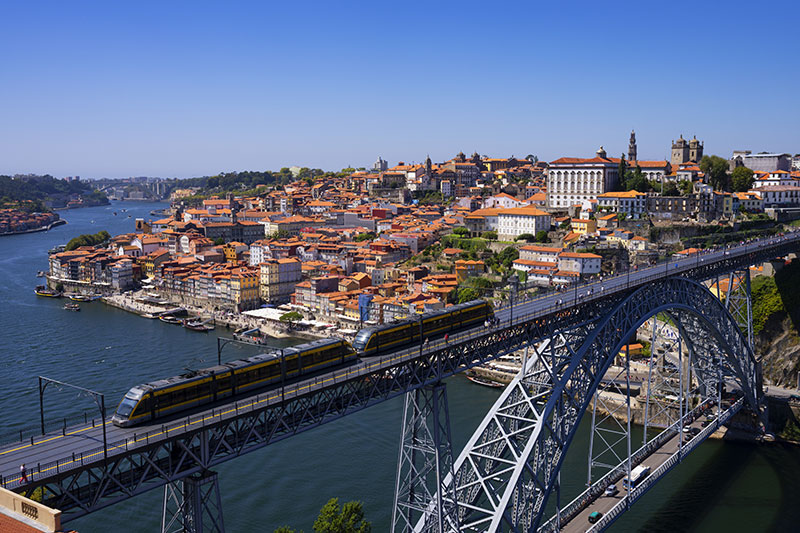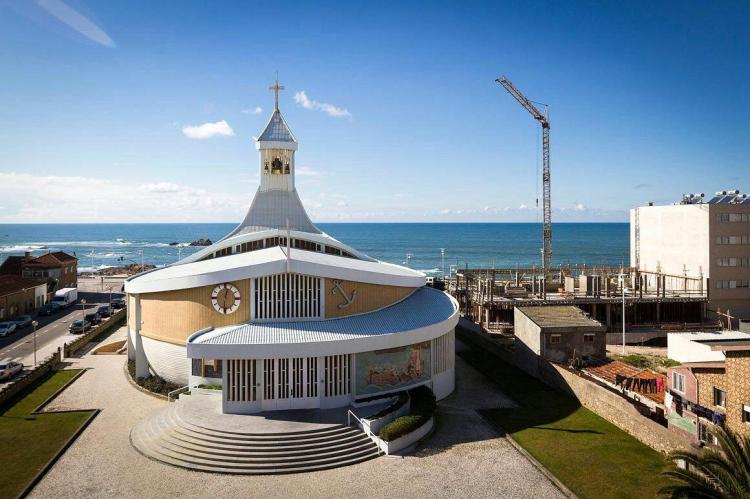Porto's train station: Catch your train in this historic site, a witness to Portuguese culture
Porto, the second largest city in Portugal, is not only famous for its world-renowned wines, picturesque architecture, and lively atmosphere, but it also houses a historical architectural gem: the Porto Train Station.
Also known as "Estação de São Bento," the Porto Train Station embodies both the elegance of the past and the vitality of the present, being an integral part of the city's urban fabric.
Discover the history of this typical Portuguese place and its role in the daily lives of both Portuguese people and tourists who come to explore Porto.
The History of Porto Train Station
The construction of Porto Train Station began in 1900 under the guidance of Portuguese architect José Marques da Silva.
The station was erected on the ruins of an ancient monastery, which bestowed upon it a sacred and historical character from the very beginning. The construction work lasted for nearly 16 years, and in 1916, the station finally opened its doors to the public.
Over time, Porto Train Station has borne witness to the evolution of the city of Porto and the world around it. Through periods of war and peace, political changes, the station has remained an anchor point for travelers and a vital link between Porto and other destinations.
Its Beaux-Arts architecture, with its majestic columns and adorned façade, reflects the elegance and refinement of the era in which it was built.
Porto Train Station: A Unique Blend of History and Art
Porto Train Station opened its doors in 1916 and has since been an iconic landmark of the city.
José Marques da Silva made Porto Train Station an exceptional example of Beaux-Arts architecture, characterized by classical elements and refined elegance.
This harmonious blend of classical design and artistic details makes it one of the most impressive train stations in Europe.

The most striking feature of Porto Train Station is undoubtedly its main hall, adorned with massive panels of blue and white ceramic tiles known as "azulejos." These tiles narrate the history of Portugal through traditional scenes, landscapes, and historical moments.
The Porto Train Station thus offers travelers and visitors a unique visual insight into the country's history and culture.
A Hub of Connections and Life
While Porto Train Station is a true relic of the past, it remains functional to this day. Modern and fast trains still run on its tracks, connecting the city to other major destinations in Portugal and Europe.
Beyond its impressive aesthetics, Porto Train Station is a significant transportation hub.
Located at the heart of the city, it connects Porto to various destinations across the country as well as international destinations.

Travelers and locals intersect here, creating a vibrant and cosmopolitan atmosphere in an authentic setting with the colors of Portugal.
Furthermore, the numerous shops and restaurants within the station contribute to making it a lively place where one can not only travel but also relax and enjoy a variety of culinary and shopping options.
Porto Train Station Today
The station also attracts numerous tourists and architecture enthusiasts from around the world.
The unique combination of its grand architecture, artistic details, and central role in the city's life makes it a must-see attraction for those visiting Porto.
Porto Train Station, or Estação de São Bento, is much more than a mere transit point. It's a historical monument that tells the story of Portugal and continues to play a vital role in the city's life.
Its timeless elegance, stunning azulejos, and lively atmosphere make it a place worthy of exploration and appreciation for both travelers and Porto's residents.
Whether for traveling, admiring art, or simply immersing oneself in the past, Porto Train Station offers a memorable experience to all who pass through it.
Are you interested in discovering Porto Train Station or visiting northern Portugal? Numerous vacation rentals are available for you on Authentic-Portugal.




